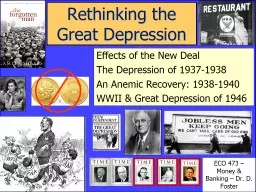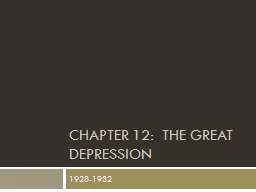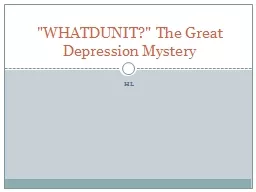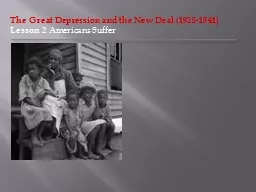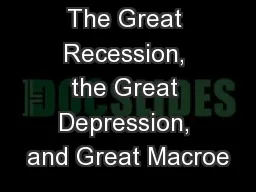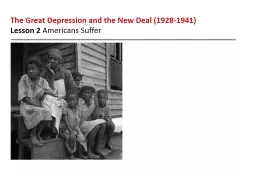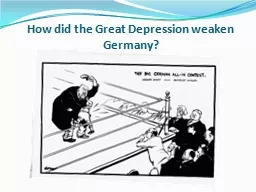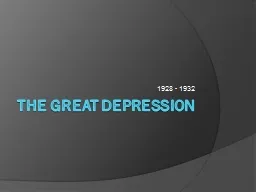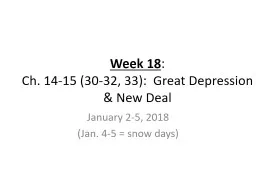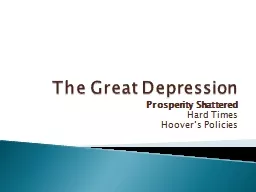PPT-Rethinking the Great Depression
Author : myesha-ticknor | Published Date : 2018-03-23
Effects of the New Deal The Depression of 19371938 An Anemic Recovery 19381940 WWII amp Great Depression of 1946 ECO 473 Money amp Banking Dr D Foster Myth
Presentation Embed Code
Download Presentation
Download Presentation The PPT/PDF document "Rethinking the Great Depression" is the property of its rightful owner. Permission is granted to download and print the materials on this website for personal, non-commercial use only, and to display it on your personal computer provided you do not modify the materials and that you retain all copyright notices contained in the materials. By downloading content from our website, you accept the terms of this agreement.
Rethinking the Great Depression: Transcript
Download Rules Of Document
"Rethinking the Great Depression"The content belongs to its owner. You may download and print it for personal use, without modification, and keep all copyright notices. By downloading, you agree to these terms.
Related Documents

